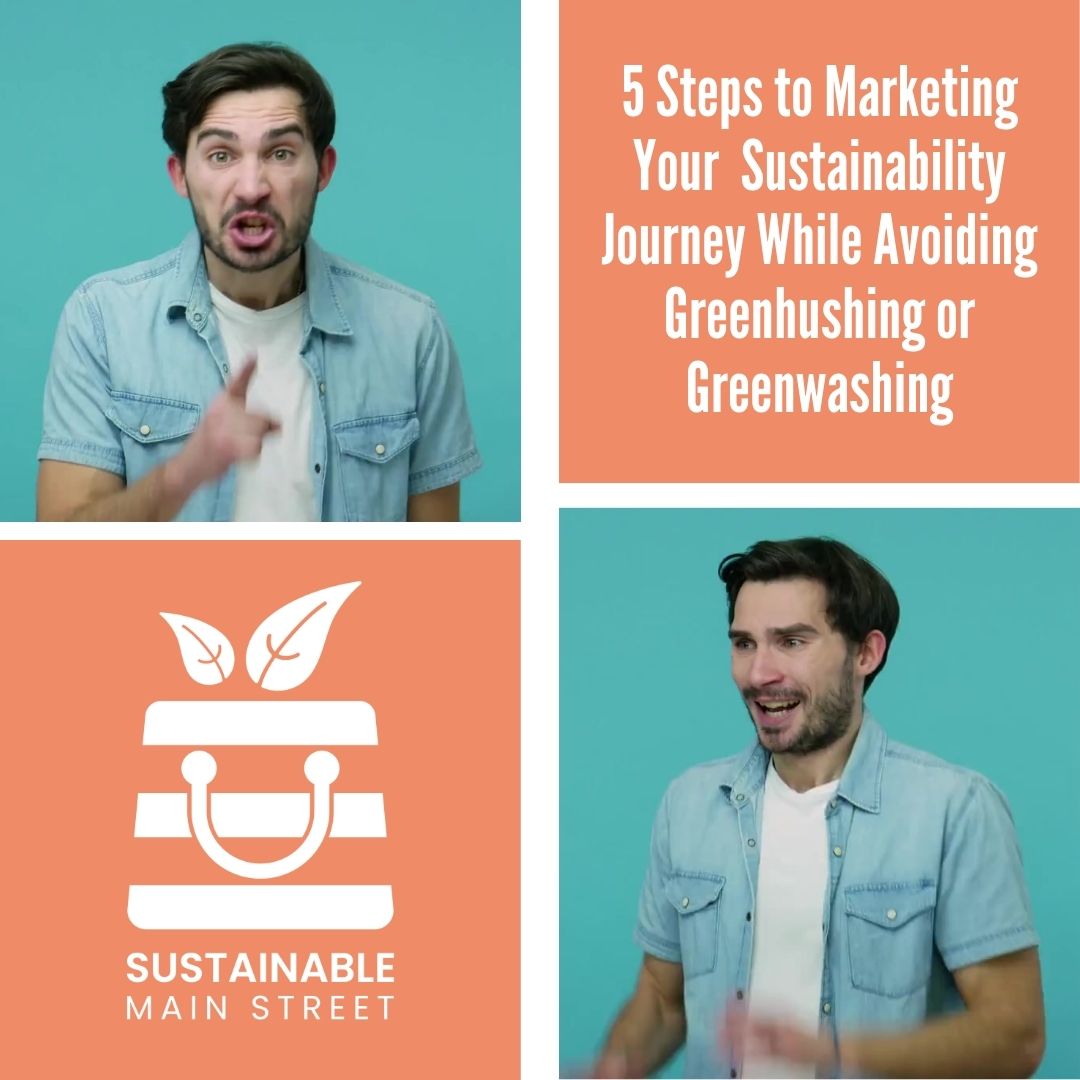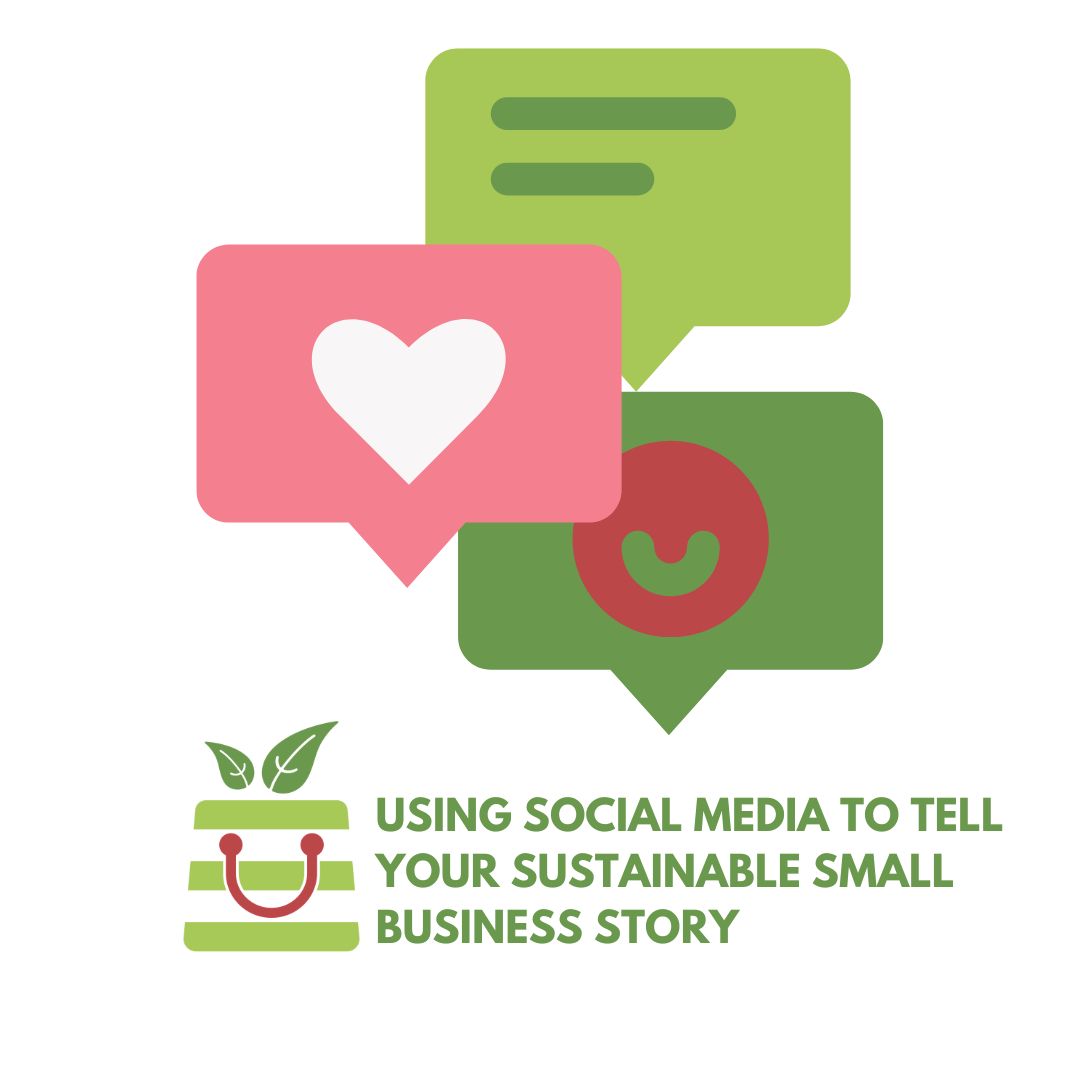In today’s world, sustainability has become a critical aspect of business operations. Consumers are increasingly conscious of the environmental impact caused by companies and are actively seeking brands that align with their values. As a result, businesses are leveraging storytelling techniques to communicate their sustainability efforts and establish themselves as eco-friendly organizations. However, amidst the rise of sustainability-focused marketing, two equally intimidating terms have emerged – Greenhushing and Greenwashing. This article will explore the difference between greenhushing and greenwashing and how to navigate storytelling in your sustainability journey while avoiding both.
What is Greenhushing?
Greenhushing refers to the act of under-communicating or downplaying an organization’s sustainability efforts. While some businesses may genuinely engage in sustainable practices, they may be understandably hesitant to effectively convey their initiatives to their target audience for fear of criticism. As a result, their efforts go unnoticed, leaving potential consumers unaware of their commitment to sustainability.
The Risks of Greenhushing
By failing to effectively communicate sustainability initiatives, businesses miss out on opportunities to attract environmentally conscious consumers. In a time where sustainability is a key differentiator, not adequately highlighting green efforts can result in reduced brand appeal and lost competitive advantage.
What is Greenwashing?
Greenwashing, on the other hand, involves the deceptive use of sustainability messaging to create a false impression of environmental responsibility. Companies engaging in greenwashing may exaggerate or misrepresent their sustainability efforts, misleading consumers into believing they are more environmentally friendly than they actually are. This practice is often employed as a marketing tactic to capitalize on the growing demand for eco-friendly products and services.
Jesse Chen, AVP and Head of ESG & Sustainability at Water & Wall, recently noted in Business Wire, “Companies can no longer rely on lazily slapping together a “Happy Earth Day!” social post and printing a made-up environmental certification on their products to keep customers (and investors) happy. As public awareness of greenwashing grows, so too does the standard brands must meet to be seen as sustainable. Brands fear being taken to task for not being perfectly sustainable. And soon, it may not just be public accusations of greenwashing that brands risk, but fines too—across the pond, the European Union is hoping to pass formal rules detailing how and when brands can label their products as green, a proposal that could have a ripple effect across the globe.”
The Pitfalls of Greenwashing
Misleading consumers erodes trust and damages the brand’s credibility. Once exposed, the backlash from consumers and environmental activists can result in reputational harm, loss of customer loyalty, and even legal repercussions. Given the ease of information dissemination in the digital age, companies engaging in greenwashing are at high risk of public scrutiny and backlash.
Five Steps to Marketing and Storytelling Your Brand’s Sustainability Journey While Avoiding Greenhushing or Greenwashing
Now that we understand the concepts of greenhushing and greenwashing, it is crucial to navigate storytelling in your sustainability journey authentically and transparently. Here are five ways to navigate
- Align Actions with Words: To avoid greenhushing or greenwashing, ensure that your sustainability efforts align with your messaging. Be genuine in your commitments and transparent about the progress you have made. Remember, actions speak louder than words, and consistency is key to building trust with your audience.
- Provide Concrete Evidence: When communicating your sustainability initiatives, back up your claims with concrete evidence. Use data, certifications, and third-party audits to support your statements. This helps establish credibility and provides consumers with tangible proof of your sustainability practices.
- Be Transparent About Challenges: No sustainability journey is without obstacles. Acknowledge the challenges your organization faces in becoming more sustainable and share how you are working to overcome them. Transparency about the difficulties and challenges demonstrates honesty and authenticity, allowing consumers to connect with your brand on a deeper level.
- Educate and Empower: Storytelling can be a powerful tool for educating consumers about sustainability. Go beyond self-promotion and use your platform to raise awareness about environmental issues, provide tips for sustainable living, and empower individuals to make a positive impact. By positioning yourself as a thought leader in sustainability, you can foster a sense of community and inspire others to join your cause.
- Collaborate and Engage: Sustainable Main Street is committed to empowering businesses to collaborate with other sustainable organizations and being found by the consumers who share the same values. We believe that awareness and commitment are the first steps toward meaningful and lasting change. By working together in a safe and judgement-free community, we seek to inspire collective action towards a greener future.
Conclusion
In the era of conscious consumerism, storytelling plays a pivotal role in communicating your sustainability journey. By understanding the differences between greenhushing and greenwashing and adopting ethical storytelling practices and realistic business goals, anyone can navigate the challenges and establish a credible and authentic brand image. On Sustainable Main Street, we work to help our members embrace transparency, provide evidence of their efforts, and empower consumers to make sustainable choices. We encourage you to let your sustainability journey inspire others and contribute to a greener and more sustainable world, recognizing that if we all wait until we’re perfect to tell our stories, it will be too late to make an impact! We are a community of imperfect consumers and business leaders existing in an imperfect system we’re working to make better every day, One Small Step at a time! s






![Validate my RSS feed [Valid RSS]](https://8hj.d65.myftpupload.com/wp-content/uploads/2023/06/social_style_3_rss-512-1.png) [Valid RSS]
[Valid RSS]